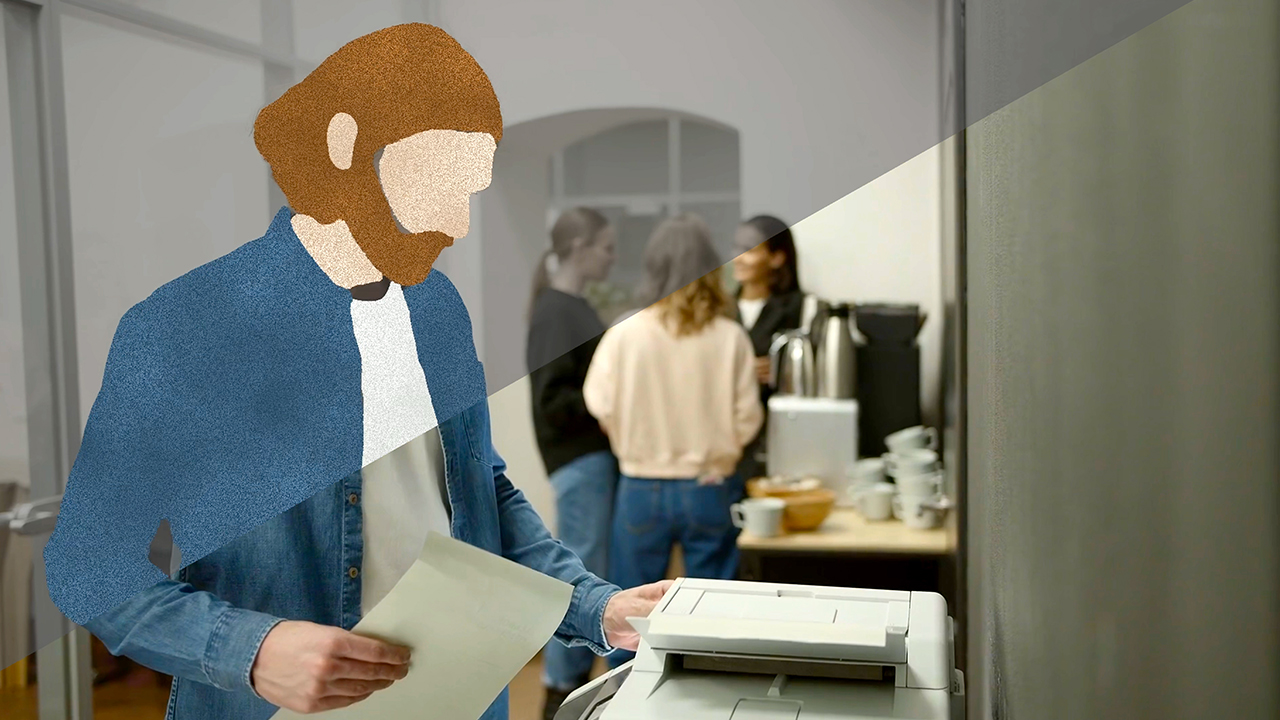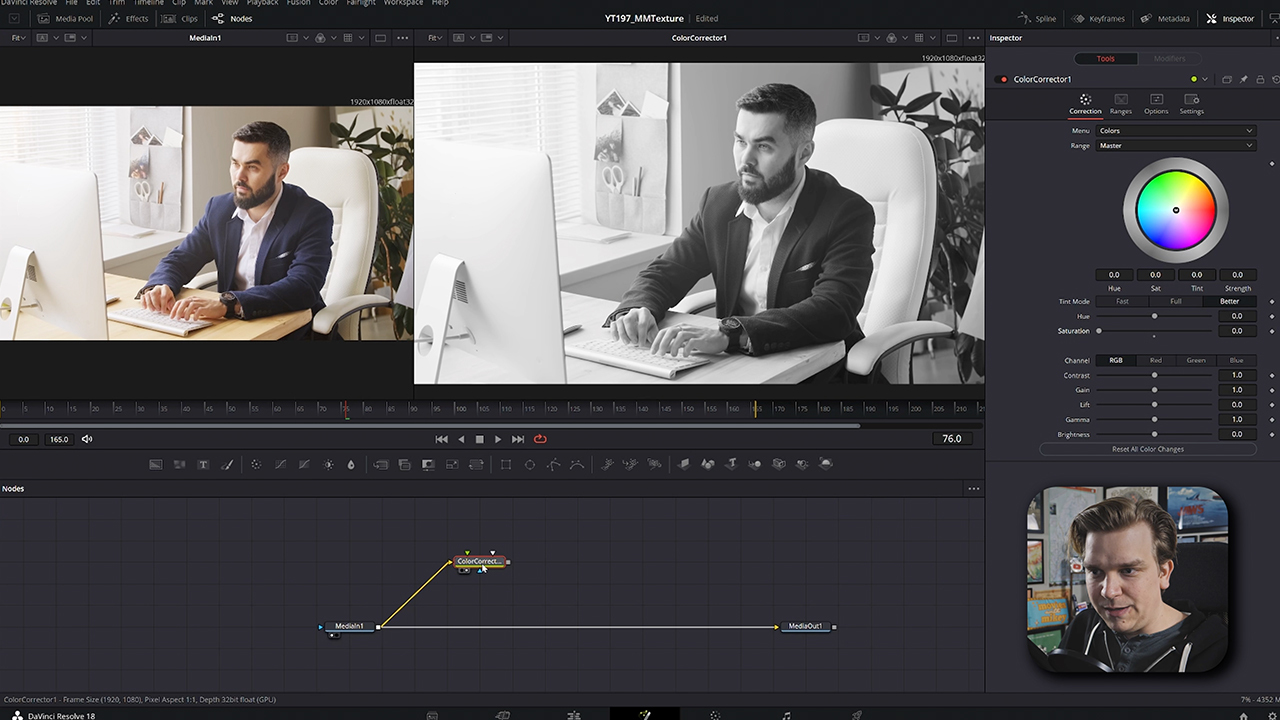
NVIDIA graphics cards have traditionally been thought of as gaming hardware, but you’ve no doubt noticed that this is changing; they’re now becoming essential tools for 3D artists, animators, video editors and lots of other creative types.
You may be wondering why this shift is occurring, and also whether it’s worth your while to invest in such a hefty piece of kit. You’ve got your workflow all set up and it’s going just fine, so what’s the big deal?
The big deal is that recent forward leaps in technology have been so dramatic that we’re currently going through a major revolution in how we do digital creative work. Until recently we accepted that 3D software is clunky to use because renders take a long time to compute – now we’re starting to see real time workflows. A few years ago we never dreamed that we’d get ray tracing happening in real time in the viewport in 2023, but that’s what we have.
Today we are able to have completely different expectations about what a creative workflow is like. We are no longer tied to a cumbersome process of importing and exporting to shuffle assets between different applications, and we no longer have to make compromises in our work because of how long it takes 3D changes to appear on our screens. So many repetitive tasks that used to be done manually and time-consumingly can now be done automatically by AI, freeing up time for creative work.
Powered by GeForce RTX
All of this is made possible by the powerful processing cores on NVIDIA GeForce RTX graphics cards. Unlike a CPU - even a very fast one - RTX cards have specialized processing cores that are tailor-made for ray tracing and AI computation. These are called Ray Tracing Cores and Tensor Cores, respectively. They deliver results that even the top CPUs cannot compete with.
To help you take full advantage of this power, NVIDIA has developed an advanced and extensive suite of software for creators that includes amazing tools for 3D art, video editing, online streaming, image creation and much more. This software, in conjunction with the RTX hardware, is known as the NVIDIA Studio platform.
The NVIDIA Studio suite of software brings so many new features to explore. To help you get a sense of what it can do for you, NVIDIA has created a portal called In the NVIDIA Studio that contains case studies to demonstrate how individual artists have transformed their workflows with this platform.
By digging into each artist’s creative process in detail, it gives you an understanding of what can be achieved with the Studio platform, and just how much it can speed up and streamline how you work. You’ll find examples of video production, photography, VFX and lots more, so no matter what you do, there will be something that’s relevant and inspiring to you.
As well as the case studies, there are tutorials and other resources to help you get the best out of the software, and it’s also where NVIDIA releases all the newest drivers and updates.
New possibilities

To give you an idea of what to expect, let’s take a look at the work of Patrick Stirling, an artist recently featured on In the NVIDIA Studio. In his case study, we delve into how Patrick used his GeForce RTX 4080 system to make a custom effect in the video software DaVinci Resolve.
When he first had the idea for his effect, his initial attempts at making it were thwarted by his six–year-old computer that struggled to power DaVinci Resolve’s AI features. Realizing it was time for an upgrade, Patrick built a custom PC with a GeForce RTX 4080 GPU. The 40 series of cards offer massive performance boosts over the previous range, which are highly powerful in their own right. So it’s not surprising he saw a huge improvement and was able to make progress without being held back by a slow PC.
Patrick set out to create an effect that replaces the people in his videos with simplified versions filled with solid color. The idea is that all the action of the original footage is preserved, but the people are made into flat animations so their individual appearance won’t distract attention from the main content of the video.
DaVinci Resolve’s Magic Mask was the key feature used to create this custom effect. Magic Mask is powered by AI, so it’s something that will get an enormous boost from a fast RTX card. To maximize the benefit, NVIDIA works closely with the manufacturers of all the big creative software apps to ensure that the Studio drivers are fine-tuned to work really well with all your favorite tools. DaVinci Resolve means a lot to Patrick because it’s free and therefore accessible to anyone, and it’s got a really great creative community around it. He says he’s particularly impressed with the effort made by NVIDIA to make sure the RTX cards work in perfect harmony with this software.
Faster than ever

Patrick’s first move in creating this custom effect was to open his footage in a Fusion page, which is node-based. He kept his footage open in two windows, one showing the original and one for viewing edits.
Next, he used Magic Masks to select and track the separate parts of the people that he wanted to fill with solid color - the clothing, hair, skin and so on. Magic Mask uses AI to speed up the laborious task of selecting and tracking an object in every single frame in a video, and it requires a great deal of processing power to do this. Patrick’s RTX 4080 card enabled him to use this feature at high speed, which is what made creating this effect possible.
Background nodes were used to fill each mask with color. Patrick wanted to create some extra separation between the people and the background footage, so he used Fast Noise nodes to put some texture over the solid color shapes, and applied a Color Corrector node to desaturate the background.
The NVIDIA Studio blog profiles a different artist every week, each time giving an insight into what they have achieved with their NVIDIA Studio setup. For example artist AuraProds shares his charming dinosaur Blender renders. If you still need to be convinced, why not dive in, get inspired, and see how the NVIDIA Studio platform can streamline and supercharge your creative workflow.







